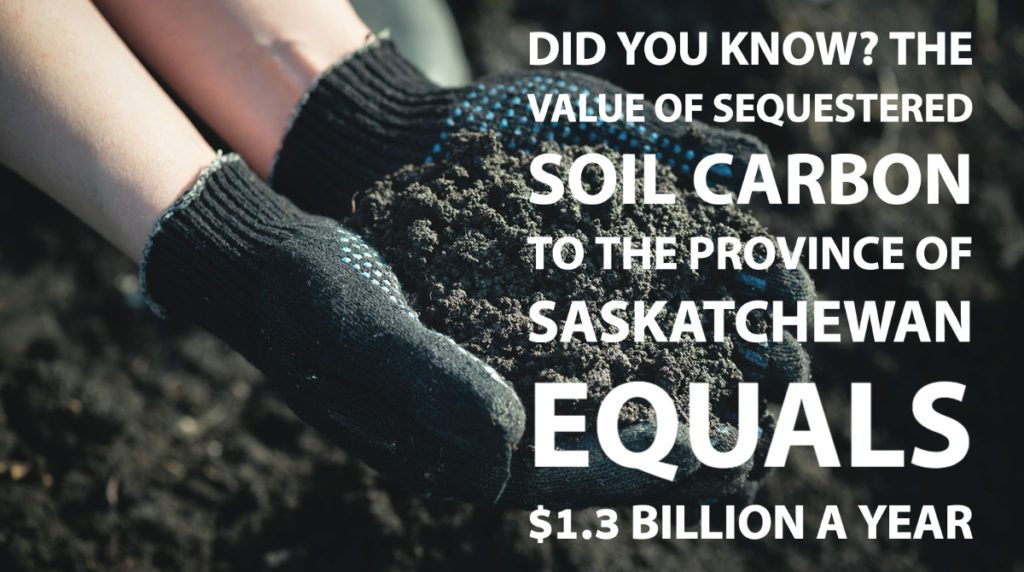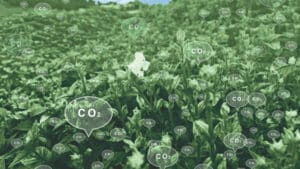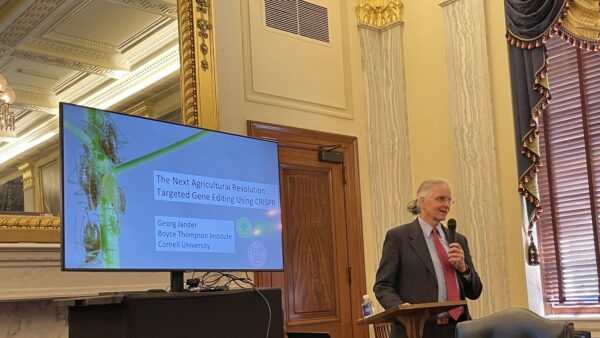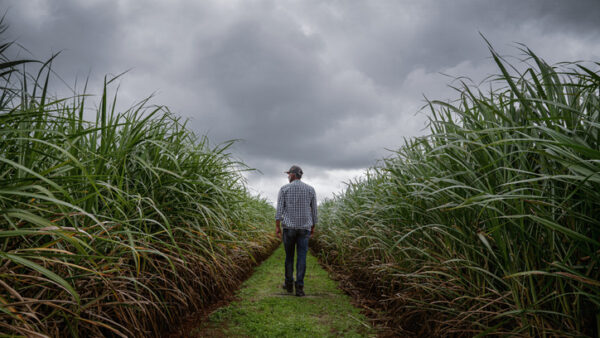New Research will benchmark the changes and advancements made in crop production over the past 25 years, with the goal of influencing policymakers.
A crop rotation survey initiated by a team at the University of Saskatchewan could help make Canada even more competitive when it comes to plant breeding innovation and the use of new technologies to create better crops.
The survey, initiated in December 2021 by a team at the College of Agriculture and Bioresources at the University of Saskatchewan, will look at changes and advancements made in crop production over the past 25 years.
The purpose of the project is to evaluate farmers’ progress towards sustainable on-farm practices. The data will be used to inform governments and the public about the improvements in crop production sustainability.
It will look at land management practices during two different time periods — 1991-1994 and 2016-2019, explains MSc student Jordan Schiewe, who is part of the research team led by Associate Professor Stuart Smyth. The team also includes Savannah Gleim and Chelsea Sutherland.
Schiewe is interested in looking at the change in carbon sequestration and greenhouse gas emissions between those two different time periods, to see if the wide uptake of GMO crops — especially canola — is correlated with trends in land management practices during that time.
“We’re interested in seeing if what farmers have been doing with regard to sustainability efforts has helped improve carbon sequestration and as a result helped reduce greenhouse gas emissions. In previous literature, the trends show that carbon sequestration has gone up as we have adopted no-till and reduced summer fallow along with the adoption of GM crops,” he says.
The ultimate goal, Schiewe says, is to influence policymakers.
“For years now, producers have been switching to these different technologies that help increase carbon sequestration, but there really isn’t a solid way to quantify the benefits — there just isn’t that much data out there to help show policymakers, ‘Hey, this is how farmers are benefiting the environment, and you can use that data to help craft good policy,” he says.
Such benefits could include carbon tax credits, for example, thereby rewarding farmers for having adopted new land management practices.
What little data does exist suggests that summer fallow has dropped to about 1% of total crop production acres in Saskatchewan, and soils there went from being a net emitter of carbon to sequestering significant amounts of carbon. Using a couple of different options in how to evaluate carbon sequestration, researchers were able to estimate that the reduction in summer fallow is worth over $1.3 billion annually in Saskatchewan.
“Our hypothesis is that Prairie agriculture is a net carbon sink,” Smyth says. “We hope to better inform provincial and federal policymakers about the significant contributions that the agriculture industry has made over the past 20-25 years and to properly acknowledge these contributions.”
Smyth notes that a major challenge to policymakers is that efforts like the Paris Climate Accord uses 2005 as the baseline to calculate the benefits of sustainable land management practices. According to Smyth, a far better benchmark would be 1995, when GM crops were first adopted.
“By 2005, GM crop adoption was up over 80% in canola on the Prairies. We’ve seen GM corn and soybeans adopted subsequently. The changes between 2005 and now are going to look considerably smaller than they would be if 1995 was used as a benchmark.”
For Smyth, the data generated by the survey could make all the difference in showing just how beneficial GM crops and the land management practices used in growing them has made.
“Certainly, consumers in the retail sector are saying, ‘Look, sustainability is important to me, and I want to buy products that are more sustainable.’ Our research could help inform consumers that planting GM and genome edited crops is the most sustainable way of producing food that’s available in a grocery store.”
For 25-year-old Schiewe, the study is personal. He grew up on a grain farm outside of Edmonton, Alta., where sustainable land management practices have been used for as long as he can remember.
“I was at the recent Western Canadian Crop Production Show chatting with farmers about my research and a lot of them were saying, ‘We’ve been adopting these management practices for 25 years but there’s nothing to show the benefits to people.’ I want to help farmers, policymakers and consumers see that what we’ve been doing has helped the environment immensely,” he adds.
“It’s only going to grow from there and if we can show the benefits, it will result in more technologies, more innovations, and we’re going to keep producing safe, healthy food in a sustainable way.”
To take part in the survey visit surveymonkey.ca/r/CRSPrairieRegistration2021. You can also find more info on Twitter at twitter.com/CropRotationSK or saifood.ca/crop-rotation-survey/.














